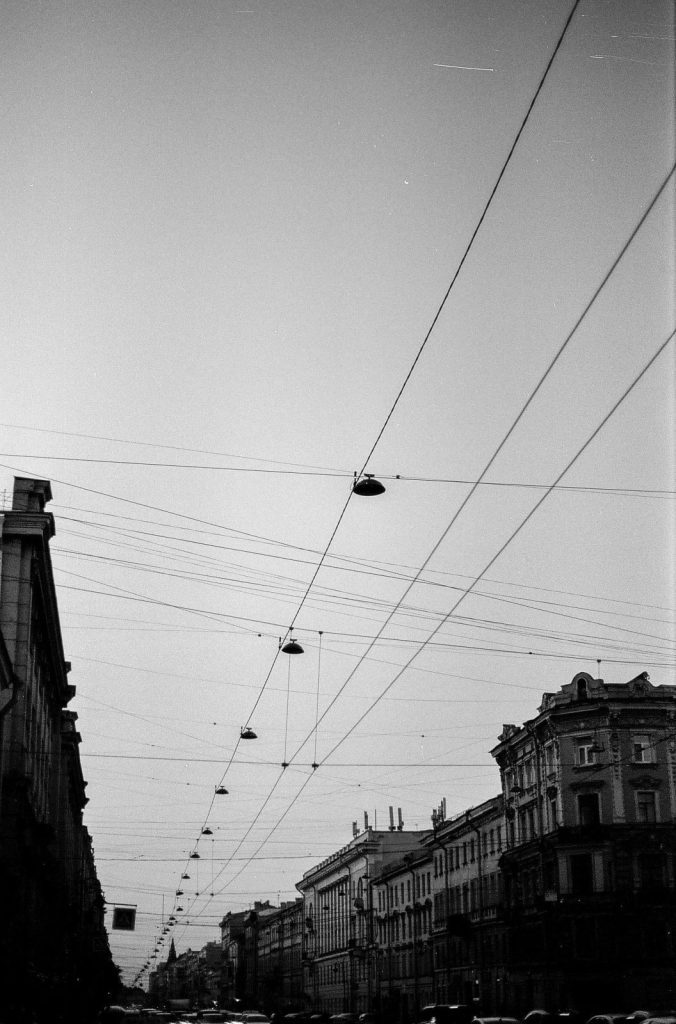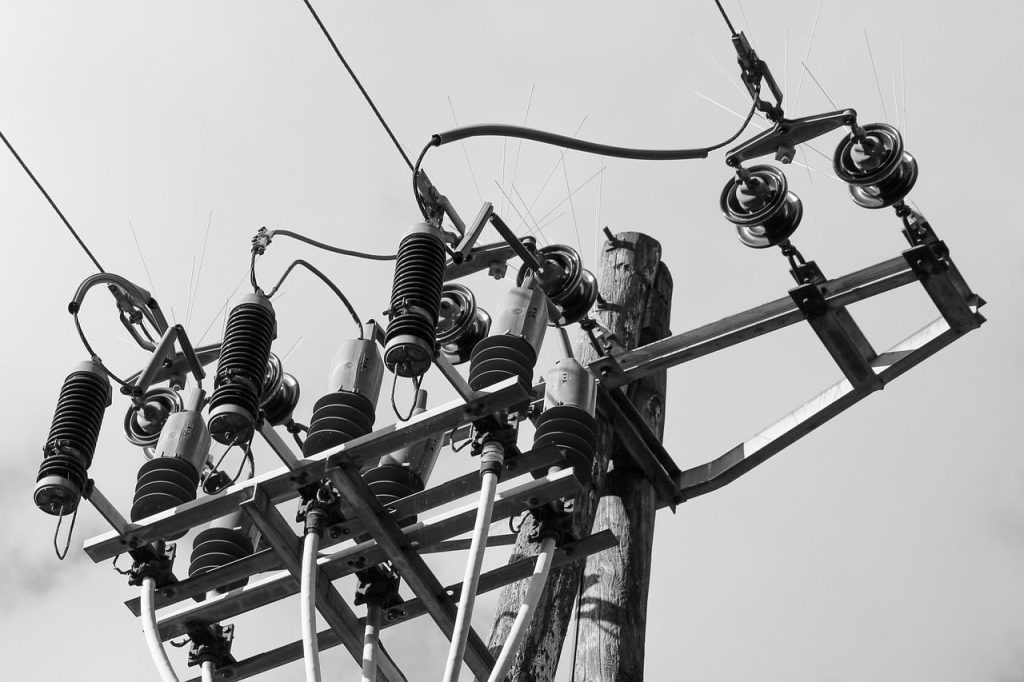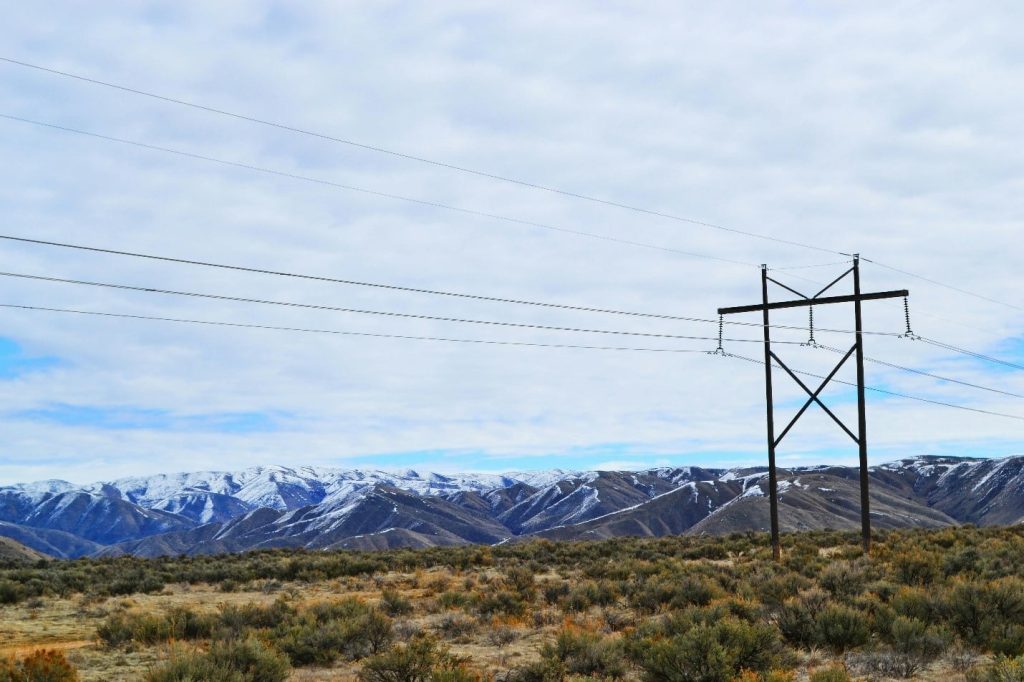Scientific innovation and the discovery of electricity generation transitioned society away from individually sourced power. The more advanced, and often safer and cleaner, mass generation of electricity from a coal-fired power plant allowed users to gain light with just the flip of a switch. Over time, these electrical systems became more advanced as new types of power generation were discovered. Now, as centralized power plants distributing AC electrical current become progressively more stressed with high demand, there is a push to return to distributed power systems.
The Role of Gas in Powering the Industrial Era

During the earliest parts of human history, we relied solely on natural resources to sustain our daily life. Water was collected from nearby streams, clothes were dried on lines outdoors, and the sun provided heat and light. As innovation gave way to new technologies, humans discovered ways to manipulate natural elements to satisfy their needs and make life a little bit more comfortable. For centuries, wood was burned to create heat and light for early humans. Holes constructed on the top of tents allowed smoke to escape while the heat remained to provide warmth.
While wood continued to be burned for various purposes in the following centuries, humans discovered that oils, lit on fire, would burn much slower. “Prior to the use of gaseous fuels for lighting, the early lighting fuels consisted of olive oil, beeswax, fish oil, whale oil, sesame oil, nut oil, or other similar substances, which were all liquid fuels.” These liquid fuels provided longer-lasting light than burning wood alone.
Up until this point, power had been individually sourced. Each person would gather enough wood or other lighting fuels to provide heat and light for their own household. With these methods, widespread use of the same power just wasn’t possible. But this all changed during the Industrial Revolution when the total demand for fuel increased considerably.

Searching for a cost-effective way to generate large amounts of power, gas became the most prevalent method of outdoor and indoor lighting in cities and suburbs. Burning wood and coal, gas was produced that could create artificial light from combustion. While coal-fired power plants allowed for the distribution of gaseous fuel in populated areas, these distribution systems were limited in scope.
Pre-Electric Power Distribution Systems
“Prior to electricity, various systems had been used for transmission of power across large distances. Chief among them were telodynamic (cable in motion), pneumatic (pressurized air), and hydraulic (pressurized liquid) transmission.” Telodynamic transmission came through lines of cable that extended for miles, and motion allowed for the generation of power, as witnessed in cable cars. Pneumatic transmission was primarily used for power in major cities through compressed air energy systems that could quickly deliver power to homes and industries. Additionally, hydraulic transmission used “high-pressure water mains to deliver power to factory motors.”
Eventually, Benjamin Franklin’s experiments with electricity in the late 18th century, would lead to inventions that made it economical to allow for the widespread use of electricity. Over a century of research and scientific experimentation later, Thomas Edison and his associates developed the first incandescent light bulb. Attempting to create “a high resistance system that would require far less electrical power than was used for the arc lamps” that were popular at the time, Edison sought to create a small electric light suitable for residential use.

“The idea of investing in a central plant and a network to deliver energy produced to customers who pay a recurring fee for service was a familiar business model for investors: it was identical to the lucrative gaslight business, and the hydraulic and pneumatic power transmission systems. The only difference was the commodity being delivered was electricity, not gas, and the “pipes” used for delivering were more flexible.” Although gaslight utilities were dominant during this period, these centralized power distribution systems were gaining popularity.
The Rise of Centralized Electric Power Systems
To supply power to multiple residents in San Francisco, the California Electric Company used two direct current generators in 1879. Through electrical transmission lines, multiple customers were able to pay for the electricity to power their arc lamps. This system became “the first case of a utility selling electricity from a central plant to multiple customers via transmission lines.” Its success quickly led to the building of a second plant with four additional generators to serve even more customers.

“In 1882, Thomas Edison constructed Pearl Street Station, the first purpose-built power station.” Using coal for fuel, the Pearl Street Station generated electricity for 82 lamps and 400 customers. This first source of electric light was dedicated to the Wall Street financiers and the journalists at the New York Times. “When Edison switched on the power, 52 light bulbs at the New York Times offices glowed for the first time. Awestruck by Edison’s feat, the Times writers described the new incandescent lighting as “soft, mellow, and grateful to the eye…without a particle of flicker to make the head ache.”
Through the use of electricity to deliver power, the energy user was separated from the energy source for the first time in history. Without the danger and inconvenience of soot, smoke, and open flame, users were able to enjoy a cleaner, safer, and more pleasant light source. “Within a decade scores of cities would have lighting systems using a central power plant that provided electricity to multiple customers via electrical transmission lines.”

Challenges and Innovations in Early Electric Power Distribution Systems
The direct current (DC) coming from these power stations was very inefficient. Although transmission lines could carry electricity to customers, they had to be very close to users, generally within a mile. To serve more customers, many energy generation plants would be required, as each could only serve a small number of customers in close proximity.
In addition to presenting challenges with long-distance transmission, direct current didn’t work for multiple types of electric devices sharing a common line. Devices that were powered by different voltages needed specialized generators and separate transmission lines to be operated efficiently. Everything from streetlights to electric motors in factories and lights in homes requires specialized lines and generators, heavily complicating power generation and transmission.

“Due to this specialization of lines, and because the transmission was so inefficient, it seemed at the time that the industry would develop into what is now known as a distributed generation system with large numbers of small generators located near their loads.” These distributed power generation systems limited coverage to just cities and densely populated areas.
As technology advanced, transmission lines were able to allow for electricity further than before. Running from a power generating station at Willamette Falls in Oregon City, Oregon, to downtown Portland, Oregon, an electrical transmission line transmitted power over 13 miles. While this pales in comparison to today’s power lines, this was a major technological breakthrough at the time. Over the following decades, power was able to be distributed over longer distances. “It was known that longer distance transmission was possible the higher the voltage was raised, so both problems could be solved if transforming voltages from a single universal power line could be done efficiently.”
Revolutionizing Electrical Systems with Alternating Current
While working for Thomas Edison in New York City, Nikola Tesla recognized the downfalls of direct current electrical systems and began searching for a better way. By developing an induction motor that ran on alternating current (AC), Tesla discovered the advantages this system had over DC current for long-distance and high-voltage transmission. Although Edison continued to champion the effectiveness of DC power systems, Tesla “believed strongly that AC electrical systems were more practical for large-scale power delivery.”

Following a payment dispute, Tesla left Edison’s company to pursue his own business. Despite struggling in the beginning, “over the span of about two years, he was granted more than 30 patents for his inventions, which included a whole polyphase system of AC dynamos, transformers, and motors.” As the late 1890s rolled around, AC current displaced DC current as the standard for electrical distribution systems. Its unique ability to serve factories with high voltage power demands and residential customers alike made AC current the best option for centralized power distribution.
“The rapid industrialization in the 20th century made electrical transmission lines and grids a critical part of the economic infrastructure in most industrialized nations.” World War I was a powerful catalyst in the construction of large electrical generation plants to provide necessary power to munitions factories. Throughout the course of the next century, power needs only continued to grow. As technological innovation and continuous automation created massive power demands, centralized power plants have continued to provide power across urban and rural areas.

Redefining Power Distribution Systems
While technology has evolved and improved its efficiency, fossil fuel power plants still provide most of the world’s electrical energy. Although this method of electricity generation is effective, the environmental costs continue to climb as these plants are significant emitters of greenhouse gases. With the looming threat of further environmental crisis hanging above us, many organizations, individuals, and government officials are pushing to transition away from fossil fuels to renewable energy.
The future of power distribution systems lies in harnessing the power of renewable resources. Although “humans have been harnessing energy from the sun, wind, and water for thousands of years, technology has changed significantly over the course of history, and these ancient energy types have developed into state-of-the-art innovative power generation sources.” This will require moving away from a reliance on centralized power and emphasizing distributed energy storage systems. Taking advantage of advanced grid energy storage technologies will provide consumers with cleaner, more reliable energy. As the electrical grid reaches its maximum capacity, the distribution of individual energy generation and storage technologies will light the way for a more sustainable future.


